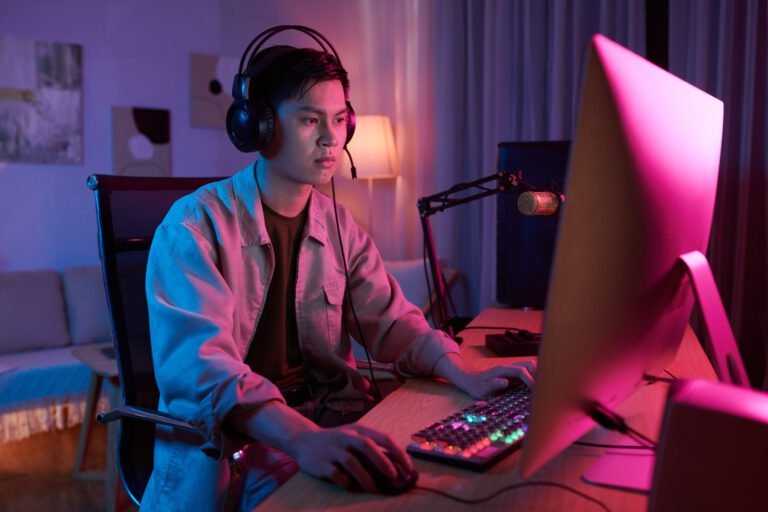The Allure of Short-Form Content for ADHD Brains
TikTok’s formula is simple but devastatingly effective for ADHD minds:
- Fast-Paced Dopamine Hits: Each video is a new reward—quick laughs, a shocking fact, or a catchy sound. It’s perfect for our brains, which are always chasing the next shiny thing.
- Seamless Looping: There’s no pause, no breather, just an infinite scroll. For someone with ADHD, transitions are hard enough; add a platform designed to remove them, and suddenly “just five minutes” becomes two hours.
- Hyper-Personalized Content: The For You Page reads like a psychic: funny animals, relatable rants, and niche interests you didn’t even know you had. It’s like the algorithm knows your cravings better than you do.
I’ve spent too many nights trapped in this cycle. The clock says 11 p.m., but my brain says, “One more.” Before I know it, I’ve watched 100 videos and forgotten what I wanted to accomplish that night. It’s not intentional—it’s just the perfect storm of ADHD tendencies and a platform designed to hold your attention hostage.
Why It’s So Hard to Stop
For ADHD folks, TikTok doesn’t just feel good—it feels easy. Watching a video doesn’t require executive function, planning, or sustained focus. It’s a soothing escape from the mental chaos, even if it’s a trap.
- Time Distortion: ADHD brains often struggle to feel time passing. On TikTok, hours evaporate because every video feels like a new beginning.
- Reward System Hijacking: The constant stream of content creates a feedback loop that reinforces the behavior, even when you know it’s not serving you.
- Late-Night Vulnerability: At night, your brain is tired but restless—a dangerous combination that makes TikTok’s simplicity especially tempting.
How I’m Trying to Break the Cycle
I’ve learned to fight back, even if it’s still a work in progress:
- Set Boundaries: I limit TikTok to a specific time of day, avoiding late-night scrolls.
- Use External Timers: A simple alarm can snap me out of the trance before I lose hours.
- Alternative Nighttime Routines: Replacing TikTok with calming podcasts or journaling has helped redirect my attention.
If you’re caught in this pitfall, know that you’re not alone. TikTok may not be “for” ADHD users, but its mechanics exploit the way our brains work. Recognizing this isn’t about shame—it’s about finding your own way to take back control.
For more insights into ADHD and the reward system, check out this article on ADHD and dopamine. Or explore tools for better focus with this guide to ADHD-friendly habits.









